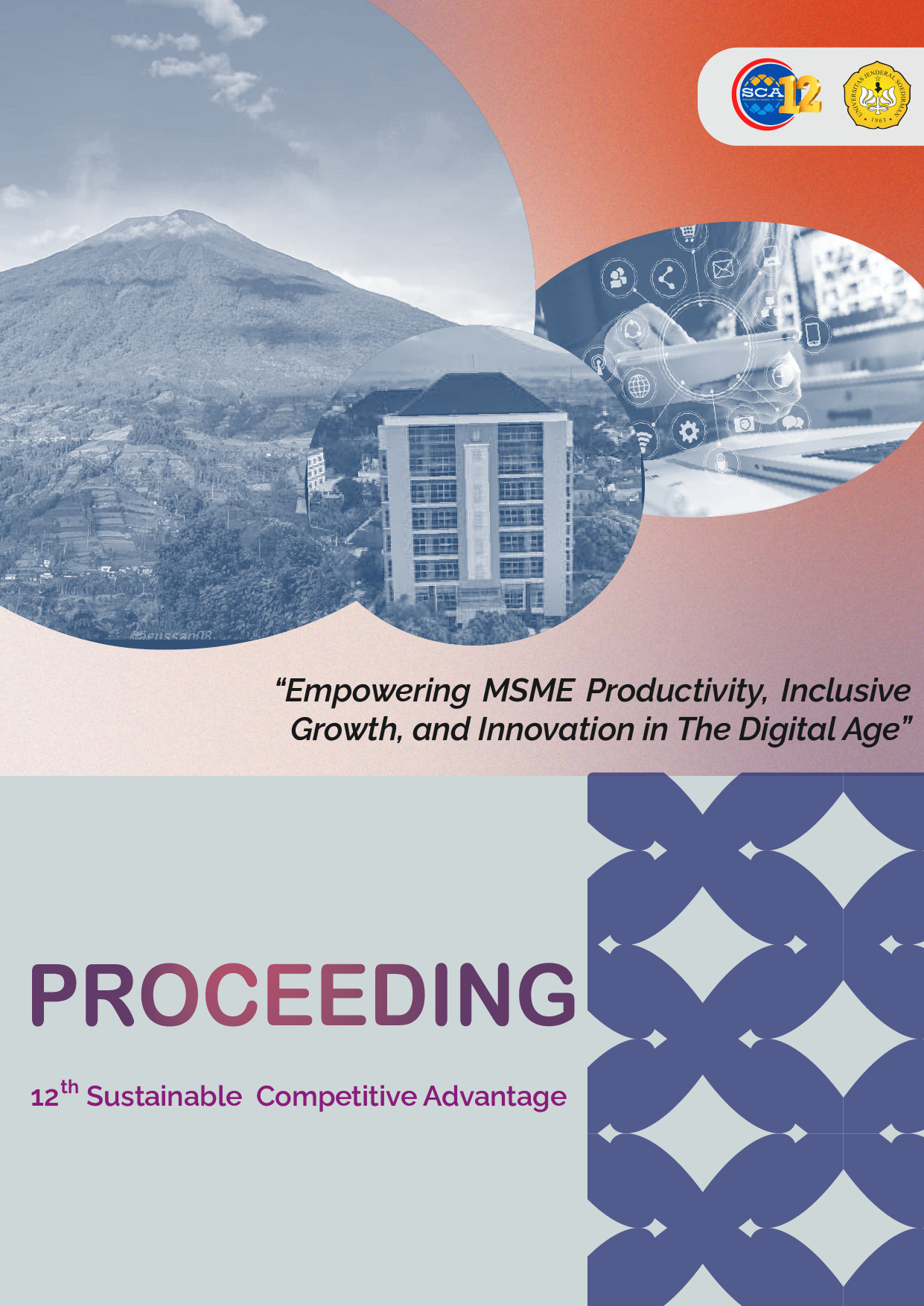“Be Good, Be Creative”: the Influence of Personality Traits on Creativity
Abstract
Personality traits play a significant role in the development of creativity. Numerous studies have found a connection between personality traits and creativity, but the majority of the time, the literature offers contradictory explanations. To evaluate the validity of earlier research, we replicated earlier results using a new sample in this study. We also research the connection between creativity and personality characteristics, a more precise option, and we explore the subject in greater detail.
Keywords: big five personality, personality traits, creativity.
References
Amabile, T. M. (1983). The social psychology of creativity: A componential conceptualization. Journal of Personality and Social Psychology, 45, 357–376.
Amabile, T. M. (1988). A model of creativity and innovation in organizations. In B.M. Staw & L. L. Cummings (Eds.). Research in organizational behavior (Vol. 10, pp. 123–167). Greenwich, CT: JAI Press.
Amabile, T. M. (1996). Creativity in context. Boulder, CO: Westview Press.
Anderson, N., Potočnik, K., & Zhou, J. (2014). Innovation and creativity in organizations: A state-of-the- science review, prospective commentary, and guiding framework. Journal of management, 40, 1297–1333.
Barrick, M. R., Stewart, G. L., & Piotrowski, M. (2002). Personality and job performance: Test of the mediating effects of motivation among sales representatives. Journal of Applied Psychology, 87, 43–51.
Batey, M., Chamorro-Premuzic, T., & Furnham, A. (2010). Individual differences in ideational behavior: Can the big five and psychometric intelligence predict creativity scores?. Creativity Research Journal, 22(1), 90-97.
Cameron, M., Crane, N., Ings, R., & Taylor, K. (2013). Promoting well-being through creativity: How arts and public health can learn from each other. Perspectives in Public Health, 133(1), 52–59. https://doi.org/10.1177%2F1757913912466951.
Costa, P., & McCrae, R. (1992). Professional manual: Revised neo personality inventory (NEO-PI-R) and neo five-factor inventory (NEO-FFI). Odessa FL Psychological Assessment Resources.
Deci, E. L., & Ryan, R. M. (1985). Intrinsic motivation and self-determination in human behavior. New York: Plenum.
Deci, E. L., & Ryan, R. M. (2012). Motivation, personality, and development within embedded social contexts: An overview of self-determination theory. In R. M. Ryan (Ed.), Oxford handbook of human motivation (pp. 85–107). Oxford, UK: Oxford University Press.
Furnham, A., Crump, J., Batey, M., & Chamorro-Premuzic, T. (2009). Personality and ability predictors of the “Consequences” Test of divergent thinking in a large non-student sample. Personality and Individual Differences, 46(4), 536-540.
George, J. M., & Zhou, J. (2001). When openness to experience and conscientiousness are related to creative behavior: An interactional approach.Journal of Applied Psychology, 86(3), 513– 524. https://doi.org/10.1037/0021-9010.86.3.513
Hon, A.H.Y., Lui, S.S., 2016. Employee creativity and innovation in organizations: review, integration, and future directions for hospitality research. Int. J. Contemp. Hosp. Manage. 28 (5), 862–885.
Jirásek, M., & Sudzina, F. (2020). Big Five Personality Traits and Creativity. Quality Innovation Prosperity, 24(3), 90-105. https://www.qip-journal.eu/index.php/QIP/article/view/1509/1226
Judge, T. A., Heller, D., & Mount, M. K. (2002). Five-factor model of personality and job satisfaction: A meta-analysis. Journal of Applied Psychology, 87, 530–541.
Karwowski, M., Lebuda, I., Wisniewska, E., and Gralewski, J., 2013. Big five personality traits as the predictors of creative self-efficacy and creative personal identity: Does gender matter? The Journal of Creative Behavior [e-journal], 47(3), pp.215-232. doi: 10.1002/jocb.32.
Ozer, D. J., & Benet-Martinez, V. (2005). Personality and the prediction of consequential outcomes. Annual Review of Psychology, 57,401−421.
Palmiero, M. (2015). The effects of age on divergent thinking and creative objects production: A cross- sectional study. High Ability Studies, 26(1), 93–104. https://doi. org/10.1080/13598139.2015.1029117.
Reiter-Palmon, Roni; Illies, Jody J.; and Kobe-Cross, Lisa M., "Conscientiousness Is Not Always a Good Predictor of Performance: The Case of Creativity" (2009). Psychology Faculty Publications. 20.
Shalley, C.E., Zhou, J., Oldham, G.R., 2004. The effects of personal and contextual characteristics on creativity: where should we go from Here? J. Manage. 30 (6), 933–958.
Shi, B., Dai, D. Y., & Lu, Y. (2016). Openness to experience as a moderator of the relationship between intelligence and creative thinking: A study of Chinese children in urban and rural areas. Frontiers in Psychology, 7, 641. https://doi.org/10.3389/fpsyg.2016.00641.
Silvia, P. J., Beaty, R. E., Nusbaum, E. C., Eddington, K. M., Levin-Aspenson, H., & Kwapil, T. R. (2014). Everyday creativity in daily life: An experience-sampling study of “little c” creativity. Psychology of Aesthetics, Creativity, and the Arts, 8(2), 183.
Sternberg, R. J., & Lubart, T. I. (1991). An investment theory of creativity and its development. Human Development, 34(1), 1–31. https://doi.org/10.1159/000277029.
Tong, Z., Zhu, L., Zhang, N., Livuza, L., & Zhou, N. (2019). Employees’ perceptions of corporate social responsibility and creativity: Employee engagement as a mediator. Social Behavior and Personality: An International Journal, 47(12), 1–13. https://doi.org/10.2224/sbp.8479.
Wikhamn, W., 2019. Innovation, sustainable HRM and customer satisfaction. Int. J. Hosp. Manage. 76, 102–110.
Zweig, D., & Webster, J. (2004). What are we measuring? An examination of the relationships between the big-five personality traits, goal orientation, and performance intentions. Personality and Individual Differences, 36(7), 1693–1708.

